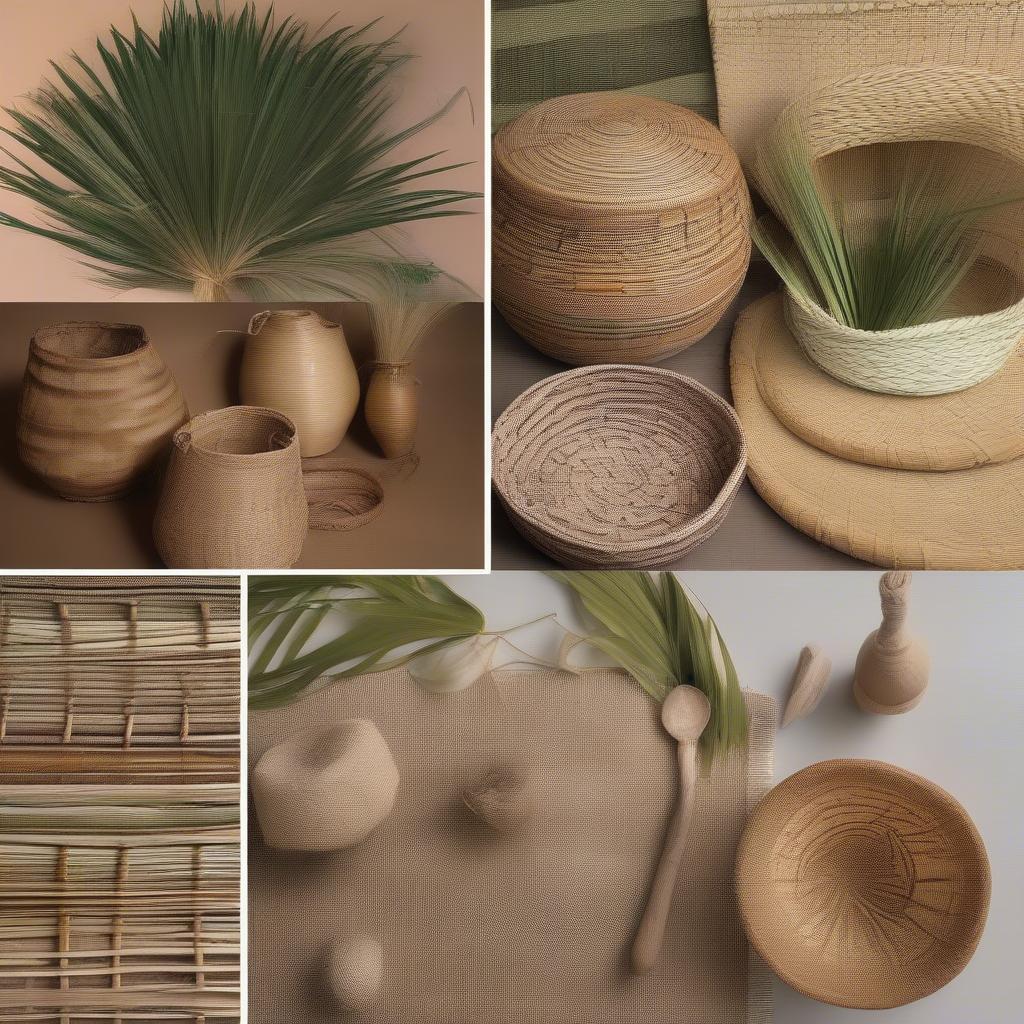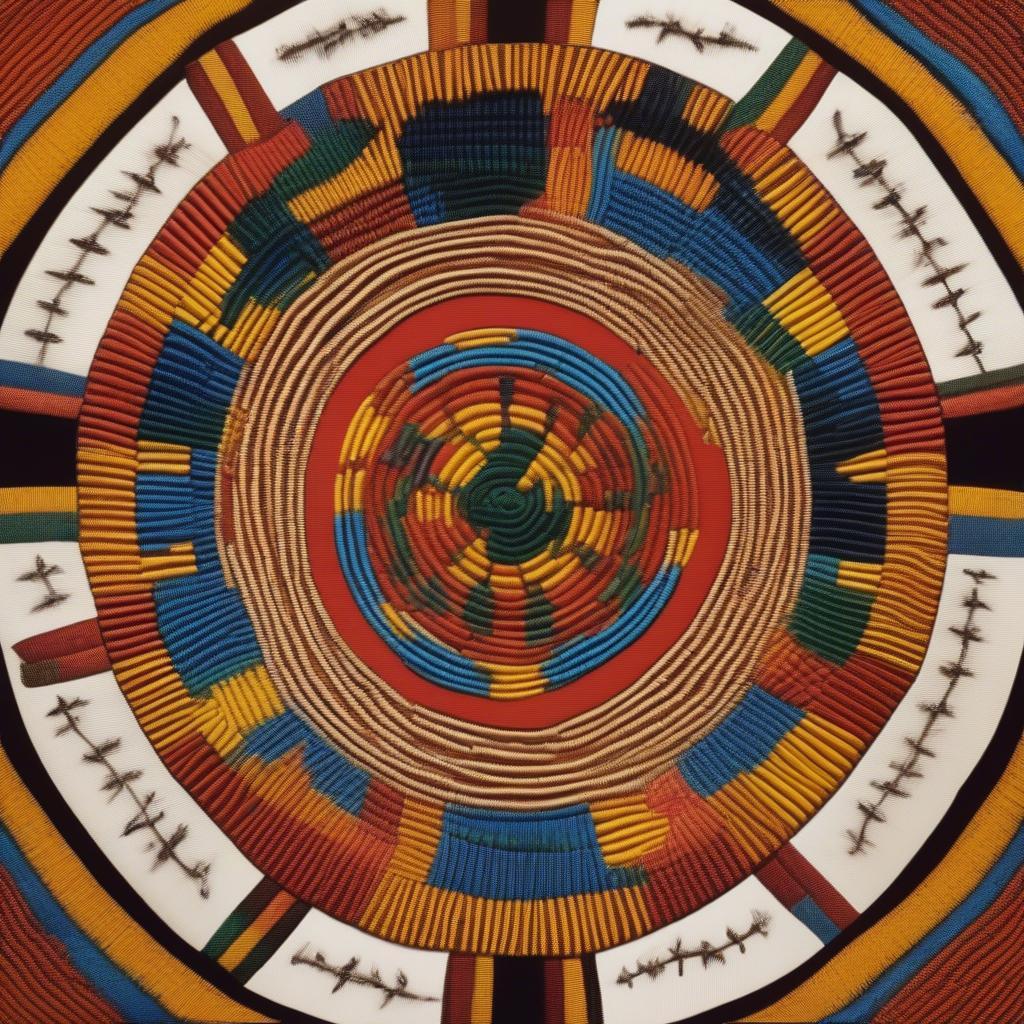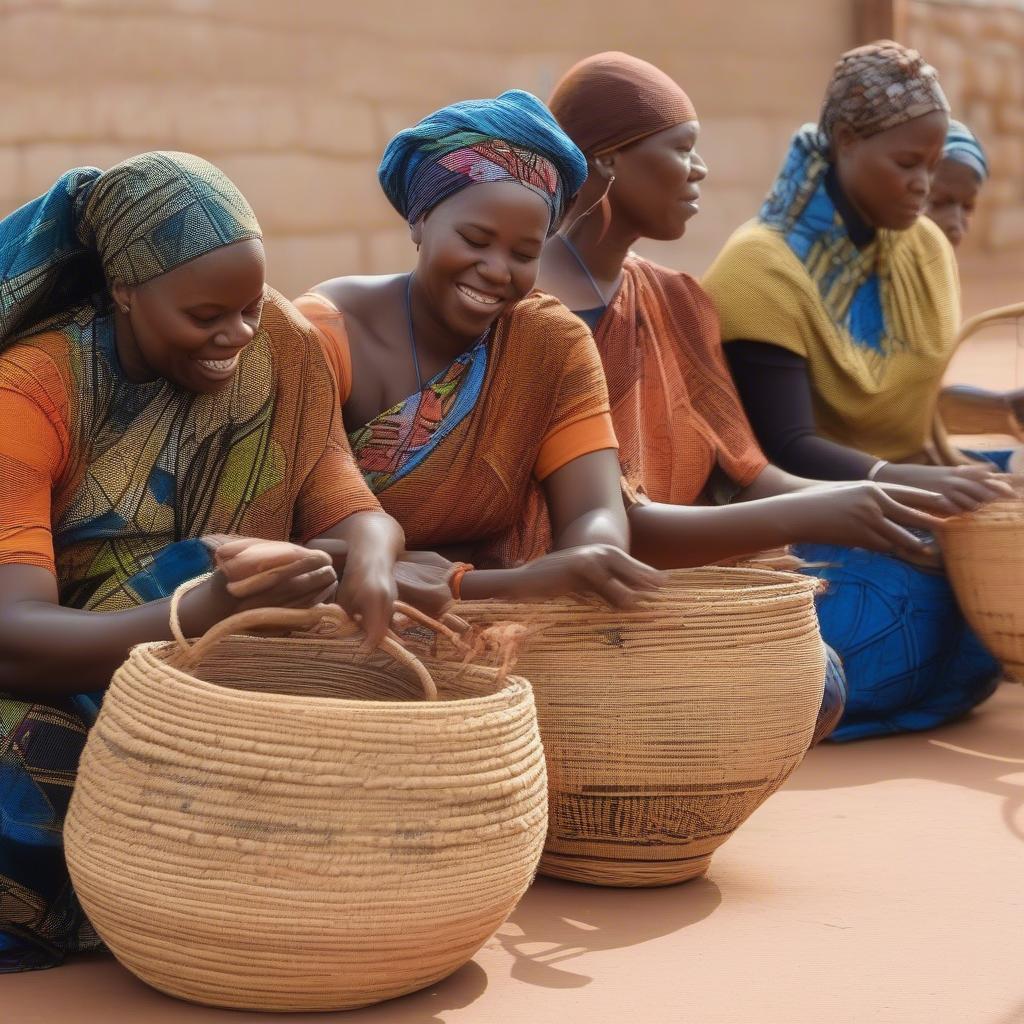Basket Weaving
Unveiling African Basket Weaving Facts
African basket weaving is more than just a craft; it’s a rich tapestry of tradition, artistry, and cultural significance. These intricately woven baskets tell stories, preserve history, and represent the diverse heritage of communities across the African continent. From the vibrant colors and patterns to the meticulous techniques passed down through generations, basket weaving facts surrounding this art form offer a fascinating glimpse into African culture.
A Legacy Woven in Time: Exploring African Basket Weaving Facts
For centuries, African basket weaving has been an integral part of daily life, serving both practical and ceremonial purposes. These baskets aren’t merely containers; they are works of art, imbued with symbolism and meaning. Learning about african basket weaving facts allows us to appreciate the skill and creativity involved in this ancient practice.
Materials and Techniques: The Building Blocks of Tradition
Traditional African baskets are crafted from a variety of natural materials, each chosen for its unique properties and regional availability. From the resilient grasses of the savannas to the pliable reeds found near rivers, these materials dictate the form and function of the finished product. Techniques vary widely across different regions and tribes, resulting in a stunning array of basket styles. Coiling, twining, and plaiting are just a few of the methods employed, each requiring dexterity and an intimate understanding of the materials.
What are some common materials used in African basket weaving? Natural fibers like ilala palm, raffia, sisal, and sweetgrass are frequently used.
 African Basket Weaving Materials: Ilala Palm, Raffia, Sisal, and Sweetgrass
African Basket Weaving Materials: Ilala Palm, Raffia, Sisal, and Sweetgrass
Symbolism and Storytelling: Woven Narratives
Many African baskets are adorned with intricate patterns and designs that go beyond mere decoration. These visual elements often hold symbolic meaning, representing clan affiliations, historical events, or spiritual beliefs. By studying african basket weaving facts, we can decipher these hidden messages and gain a deeper understanding of the cultural context in which the baskets were created. Think of them as coded messages, woven into the very fabric of the basket.
Beyond Utility: Baskets as Cultural Artifacts
While functionality remains important, many African baskets transcend their utilitarian purpose and serve as important cultural artifacts. They are used in ceremonies, rituals, and celebrations, playing a vital role in community life. From dowry presentations to harvest festivals, these baskets embody cultural values and traditions.
Have you ever wondered about the cultural significance of basket weaving? In many African communities, basket weaving is more than just a craft; it’s a way of life, passed down through generations.
 African Basket Weaving in Ceremonial Use
African Basket Weaving in Ceremonial Use
Preserving a Heritage: The Future of African Basket Weaving
Today, African basket weaving faces challenges from modernization and the influx of mass-produced goods. However, there is a growing movement to preserve this ancient craft and empower the artisans who carry on its traditions. By supporting fair trade practices and appreciating the artistry behind these unique creations, we can help ensure that African basket weaving continues to thrive for generations to come. You can even explore options like a sweetgrass basket weaving lesson charleston sc to experience this craft firsthand.
The Economic Impact of Basket Weaving
African basket weaving provides vital economic opportunities for many communities, particularly women. By purchasing these handcrafted baskets, we directly support these artisans and their families, contributing to sustainable economic development. This not only preserves a cultural heritage but also empowers individuals and strengthens communities.
 The Economic Impact of African Basket Weaving
The Economic Impact of African Basket Weaving
Conclusion: The Enduring Power of African Basket Weaving Facts
African basket weaving is a testament to human creativity, ingenuity, and cultural resilience. By understanding african basket weaving facts, we gain a deeper appreciation for the artistry, history, and cultural significance embedded within each woven strand. From practical uses to symbolic meanings, these baskets tell stories that connect us to the rich heritage of Africa. You can learn more about other forms of basket weaving, such as mexican weave basket or even the quirky history of asu underwater basket weaving. Furthermore, if you are interested in pursuing this craft, it’s helpful to understand the difference between a basket weaving artist or artisan.
FAQ
- What are the most common materials used in African basket weaving?
- What are some of the different weaving techniques used in Africa?
- How are African baskets used in ceremonies and rituals?
- What is the economic impact of basket weaving in African communities?
- How can I support African basket weavers and their craft?
- Where can I learn more about African basket weaving traditions?
- What are some of the symbolic meanings found in African basket designs?
For further assistance, please contact us at Hanoi, Vietnam or Tech Avenue, Suite 12, San Francisco, CA 94105, USA. We have a 24/7 customer service team available.
